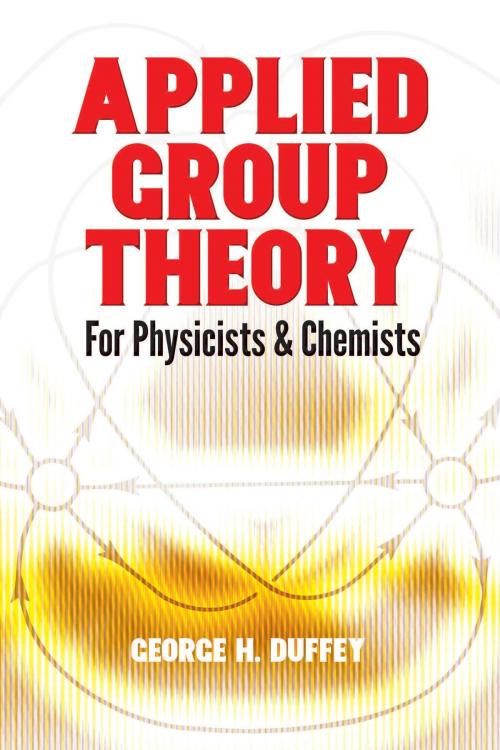Applied Group Theory
For Physicists and Chemists
Nonfiction, Science & Nature, Science, Physics, Mathematical Physics| Author: | George H. Duffey | ISBN: | 9780486801322 |
| Publisher: | Dover Publications | Publication: | January 5, 2014 |
| Imprint: | Dover Publications | Language: | English |
| Author: | George H. Duffey |
| ISBN: | 9780486801322 |
| Publisher: | Dover Publications |
| Publication: | January 5, 2014 |
| Imprint: | Dover Publications |
| Language: | English |
This text introduces advanced undergraduates and graduate students to symmetry relations by means of group theory. Key relationships are derived in detail from first principles. Rather than matrix theory, the treatment employs algebraic theory in deriving the properties of characters and projection operators. This approach is customarily employed in quantum mechanics courses and makes the connection to group structure clearer. Cayley diagrams illustrate the structure of finite groups. Permutation groups are considered in some detail, and the special methods needed for continuous groups are developed.
The treatment's broad range of applications offers students assistance in analyzing the modes of motion of symmetric classical systems; the constitutive relations in crystalline systems; the modes of vibration in molecules; the molecular orbitals of molecules; the electronic structures of atoms; the attendant spectra; and fundamental particle multiplets. Each chapter concludes with a concise review, discussion questions, problems, and references.
1992 edition.
This text introduces advanced undergraduates and graduate students to symmetry relations by means of group theory. Key relationships are derived in detail from first principles. Rather than matrix theory, the treatment employs algebraic theory in deriving the properties of characters and projection operators. This approach is customarily employed in quantum mechanics courses and makes the connection to group structure clearer. Cayley diagrams illustrate the structure of finite groups. Permutation groups are considered in some detail, and the special methods needed for continuous groups are developed.
The treatment's broad range of applications offers students assistance in analyzing the modes of motion of symmetric classical systems; the constitutive relations in crystalline systems; the modes of vibration in molecules; the molecular orbitals of molecules; the electronic structures of atoms; the attendant spectra; and fundamental particle multiplets. Each chapter concludes with a concise review, discussion questions, problems, and references.
1992 edition.















